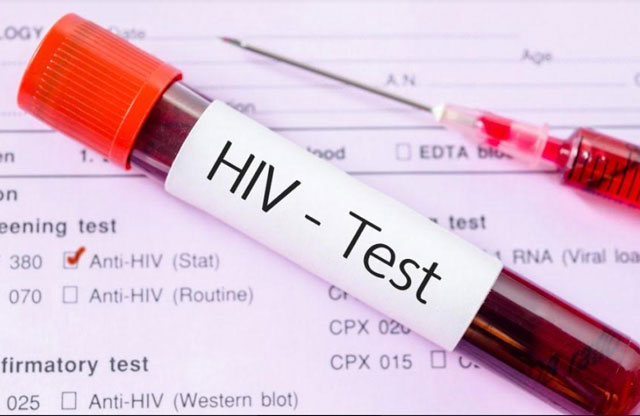
Kampala, Uganda | THE INDEPENDENT | All the money injected into social interventions to help protect girls and young women from contracting HIV has not yielded much, a new study reveals.
Through a campaign to ensure that girls are kept in schools, the Global Fund allocated the Ministry of Education money to the tune of seven billion shillings in a school subsidies initiative aimed at among others availing adolescent girls key necessities such as sanitary pads, however, a study by Makerere University School of Public Health has found that this initiative has not done much to stop the girls from getting infected.
The assessment study of the Adolescent and Young Girls HIV program was done in 2018 and again in 2023 in fourteen High HIV prevalence districts in Ankole, Tooro, Teso, Bukedi, and Lago.
In 2018, 8,236 girls were assessed whereas 5,449 were assessed in 2023 for whether interventions such as social economic empowerment, behavior change communication, school items, and skills-based training worked.
According to Dr Joseph Matovu, the Principal Investigator of the study, these interventions worked but there was no marginal improvement in the reduction of new infections. Infection rates were a little higher than in areas that didn’t receive the necessities and money.
Results show HIV infection increased from 1% in 2018 to 1.4% in 2023 in the benefiting districts compared to an increase from 1.1% to 1.3% in the non-intervention districts in the same period.
Researchers say the budget of this project is too high to support too few girls. For instance, the implementers of the skills-based training were spending 1 million shillings to train each girl in vocational skills.
For the funding cycle that ends this month, they had reached 90,000 girls with funding of 2.5 billion by the end of September to purchase items such as scholastic materials, pads, and undergarments. However, girls interviewed in this study reported having received these items only once in three months and for others, once a year.
In the first round of funding, records show they spent, 374,000 shillings on buying pads and undergarments for each girl, Matovu reveals.
Researchers say these gaps in supply could have affected the effectiveness of the program since girls didn’t get these items at the right intervals when they were supposed to get them.
In an earlier interview, however, Henry Ssemakula, an Official in the Ministry of Education had revealed to URN that these items are delivered once a year, and for this round, the items were flagged off on the 27th of November, only days before the official closure for third term holidays.
Ssemakula says they agreed with district authorities to offer girls key necessities and the latest consignment was to benefit twenty thousand girls in twenty vulnerable districts. Each girl is supposed to get sixty pads to last them a year but the latest study shows these can’t last them this far.
****
URN
 The Independent Uganda: You get the Truth we Pay the Price
The Independent Uganda: You get the Truth we Pay the Price



